Our Process
Overview
Building a website can be a complex task, especially if it's done right.
But, if it's done right, it shouldn't seem complex to you. We have a process that keeps the complexity on our side of table, while involving you every step of the way.
The most significant steps are Discovery and Design. That's when we figure out who you are, what you want to accomplish, and how we can turn that information into a site that matches the personality and goals of your business.
That's the magic part.
Then there's the hard work of implementing that design. Developing graphics, developing content, writing Javascript, setting up a database (CMS, or Content Management System), and handling the nitty-gritty behind-the-scenes details that make your website work.

1. Discovery
The Discovery step of our process is where we learn about you. We want to understand your business, your customers, and your competitors. We want to understand what makes you different from your competitors, and we want to understand what you’re hoping to achieve with your website.
There are several ways we’ll get at this information. We’ll do interviews with you. We’ll look at your existing website and marketing materials. We’ll look at your competitors’ websites. We’ll even use some technical tools to figure out who Google thinks you’re competing with, and how you’re matching up with those competitors.
Depending on the size of your project — and its significance in your overall marketing plan — we can spend anywhere from a day to a week or more of our time on this step of the process.
We'll need time from you, too, both for interviews and for putting together information and materials we need, like lists of competitors and collections of your existing marketing materials.

2. Initial Design
As soon as we complete Discovery, we’ll move on to preparing an Initial Design.
The design (or design options) we develop will be based on what we learn about you in discovery. We always want to create something:
1. That expresses your organization’s personality
2. That distinguishes you from your competitors
3. That will engage your target customers
4. That will achieve the goals you’ve set out for your site
During this phase, we’ll run ideas past you -- ideas for everything from site content and structure to colors and fonts and graphics. This initial design task will be both interactive and iterative.

3. Implementation
This is when your site gets built. We'll be laying out the pages, setting up behind-the-scenes databases, developing and selecting graphics, defining the site structure.
We’ll need help from you, too. How much and what kind depends on both the design and the project plan. For example, if the design calls for headshots of all your key staff, we’ll need to get those headshots. If the project plan assigns the photography to you, we’ll depend on you to deliver those photos when we need them. On the other hand, if the project plan calls for our photographer to take the shots, we’ll work with you to coordinate the photo sessions and get the images ready to load.
That applies to other components, too. Will you write the site content, or will that be our job? If you write it, will you want us to edit it or just load it as is? These are all questions that need to be addressed in the project plan and then executed during the implementation phase of the project.

4. SEO
SEO, or Search Engine Optimization, is a term for all the things that we do with your site to make it attractive to search engines like Google. To make it show up prominently in search results.
There's a technical side to this. Google prefers websites that are structurally correct and consistent, and those technical requirements are pretty detailed. So we have tools that run site 'audits' to make sure we're meeting them.
Then there's the content side of SEO. When Google provides search results to its users, it aims to highlight content that's useful, reliable, relevant, and trusted. To some extent, the way search engines make those judgements is pretty opaque. However, we use tools that help us figure out what content you need on your site to get the visitors you want.
We always do technical SEO and some basic content SEO. If your marketing strategy requires solid search engine traffic, we can also do heavy duty SEO research and content preparation. We can discuss this during discovery.

5. Go Live
When everything is ready, we take your site live.
At a minimum, that involves a bunch of mechanical steps, like using a site audit tool to uncover technical errors. It also involves creating specialized graphics, such as social sharing images and a favicon.
Then we need to set up your domain (e.g. mydomain.com) and your hosting. If you already have a website, and we’re replacing it, there will be some additional steps. First, we’ll have to repoint your domain so searches and links take visitors to your new site instead of your old site. And we’ll also have to set up some special cross-reference records that will deliver visitors who request pages on your old site to appropriate substitute pages on your new site.
We'll take care of all this.


Overview
Building a website can be a complex task, especially if it's done right.
But, if it's done right, it shouldn't seem complex to you. We have a process that keeps the complexity on our side of table, while involving you every step of the way.
The most significant steps are Discovery and Design. That's when we figure out who you are, what you want to accomplish, and how we can turn that information into a site that matches the personality and goals of your business.
That's the magic part.
Then there's the hard work of implementing that design. Developing graphics, developing content, writing Javascript, setting up a database (CMS, or Content Management System), and handling the nitty-gritty behind-the-scenes details that make your website work.
1. Discovery
The Discovery step of our process is where we learn about you. We want to understand your business, your customers, and your competitors. We want to understand what makes you different from your competitors, and we want to understand what you’re hoping to achieve with your website.
There are several ways we’ll get at this information. We’ll do interviews with you. We’ll look at your existing website and marketing materials. We’ll look at your competitors’ websites. We’ll even use some technical tools to figure out who Google thinks you’re competing with, and how you’re matching up with those competitors.
Depending on the size of your project — and its significance in your overall marketing plan — we can spend anywhere from a day to a week or more of our time on this step of the process.
We'll need time from you, too, both for interviews and for putting together information and materials we need, like lists of competitors and collections of your existing marketing materials.
2. Initial Design
As soon as we complete Discovery, we’ll move on to preparing an Initial Design.
The design (or design options) we develop will be based on what we learn about you in discovery. We always want to create something:
1. That expresses your organization’s personality
2. That distinguishes you from your competitors
3. That will engage your target customers
4. That will achieve the goals you’ve set out for your site
During this phase, we’ll run ideas past you -- ideas for everything from site content and structure to colors and fonts and graphics. This initial design task will be both interactive and iterative.
3. Implementation
This is when your site gets built. We'll be laying out the pages, setting up behind-the-scenes databases, developing and selecting graphics, defining the site structure.
We’ll need help from you, too. How much and what kind depends on both the design and the project plan. For example, if the design calls for headshots of all your key staff, we’ll need to get those headshots. If the project plan assigns the photography to you, we’ll depend on you to deliver those photos when we need them. On the other hand, if the project plan calls for our photographer to take the shots, we’ll work with you to coordinate the photo sessions and get the images ready to load.
That applies to other components, too. Will you write the site content, or will that be our job? If you write it, will you want us to edit it or just load it as is? These are all questions that need to be addressed in the project plan and then executed during the implementation phase of the project.
4. SEO
SEO, or Search Engine Optimization, is a term for all the things that we do with your site to make it attractive to search engines like Google. To make it show up prominently in search results.
There's a technical side to this. Google prefers websites that are structurally correct and consistent, and those technical requirements are pretty detailed. So we have tools that run site 'audits' to make sure we're meeting them.
Then there's the content side of SEO. When Google provides search results to its users, it aims to highlight content that's useful, reliable, relevant, and trusted. To some extent, the way search engines make those judgements is pretty opaque. However, we use tools that help us figure out what content you need on your site to get the visitors you want.
We always do technical SEO and some basic content SEO. If your marketing strategy requires solid search engine traffic, we can also do heavy duty SEO research and content preparation. We can discuss this during discovery.
5. Go Live
When everything is ready, we take your site live.
At a minimum, that involves a bunch of mechanical steps, like using a site audit tool to uncover technical errors. It also involves creating specialized graphics, such as social sharing images and a favicon.
Then we need to set up your domain (e.g. mydomain.com) and your hosting. If you already have a website, and we’re replacing it, there will be some additional steps. First, we’ll have to repoint your domain so searches and links take visitors to your new site instead of your old site. And we’ll also have to set up some special cross-reference records that will deliver visitors who request pages on your old site to appropriate substitute pages on your new site.
We'll take care of all this.
